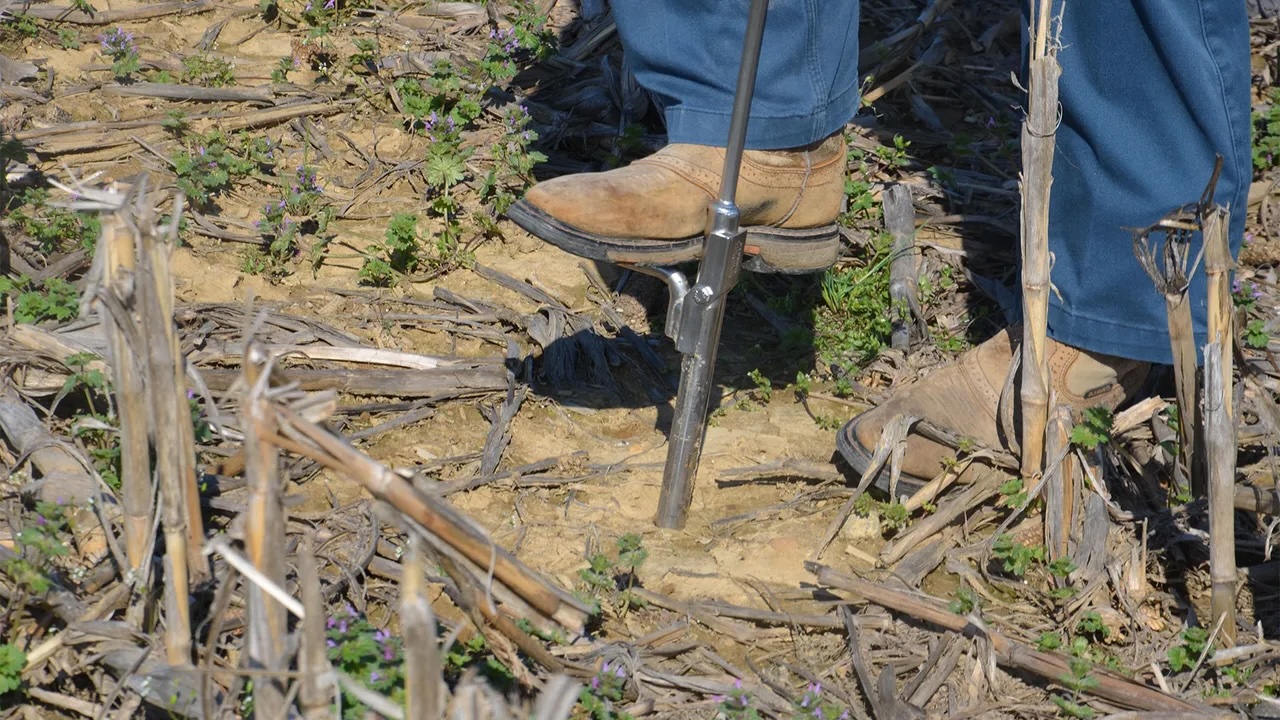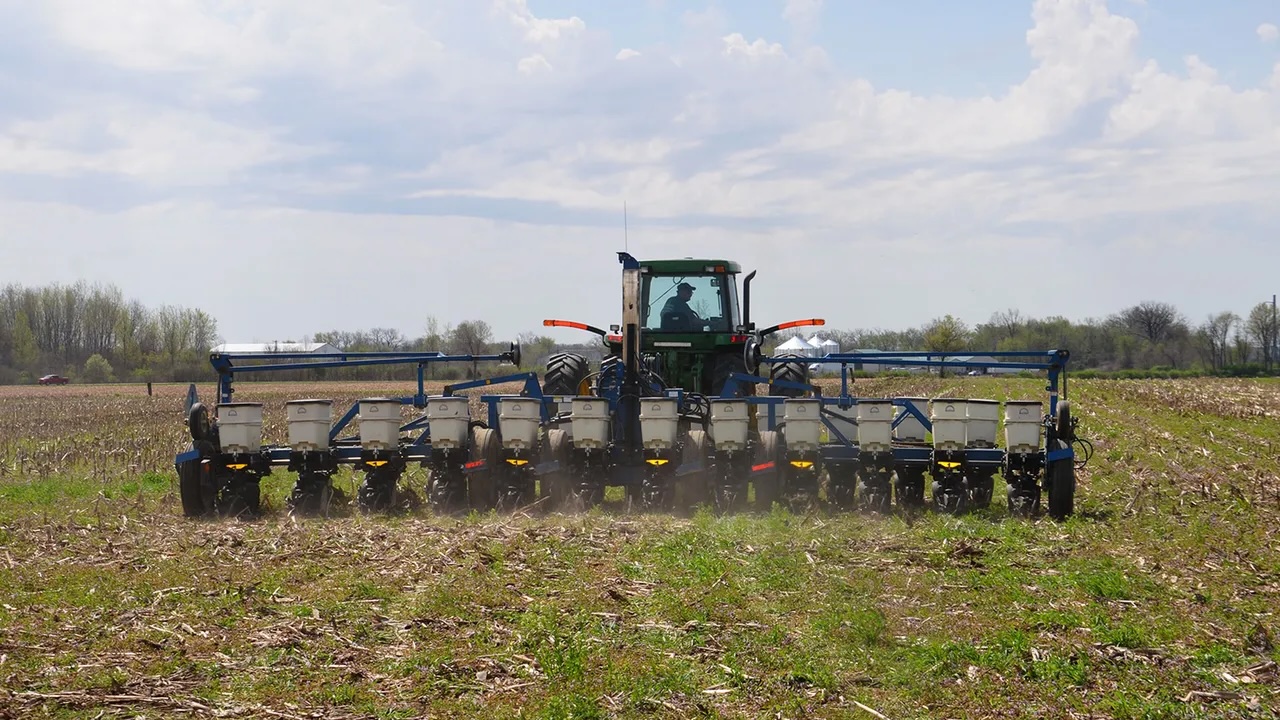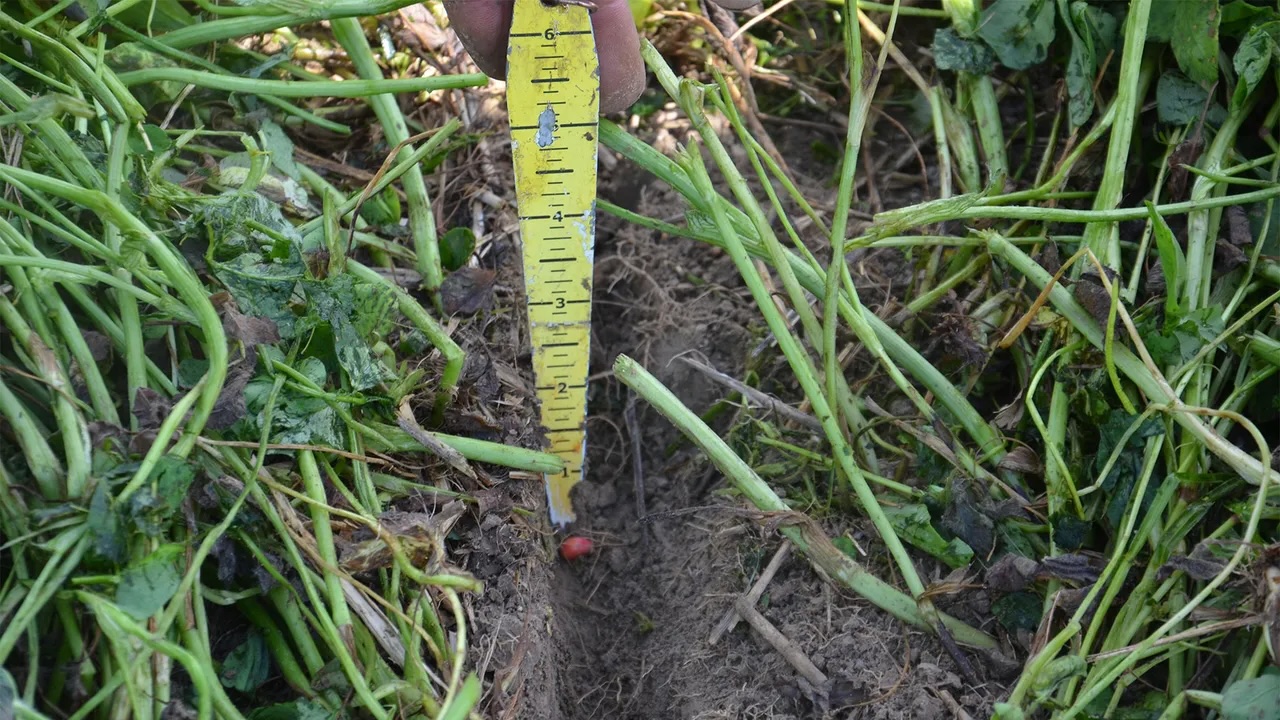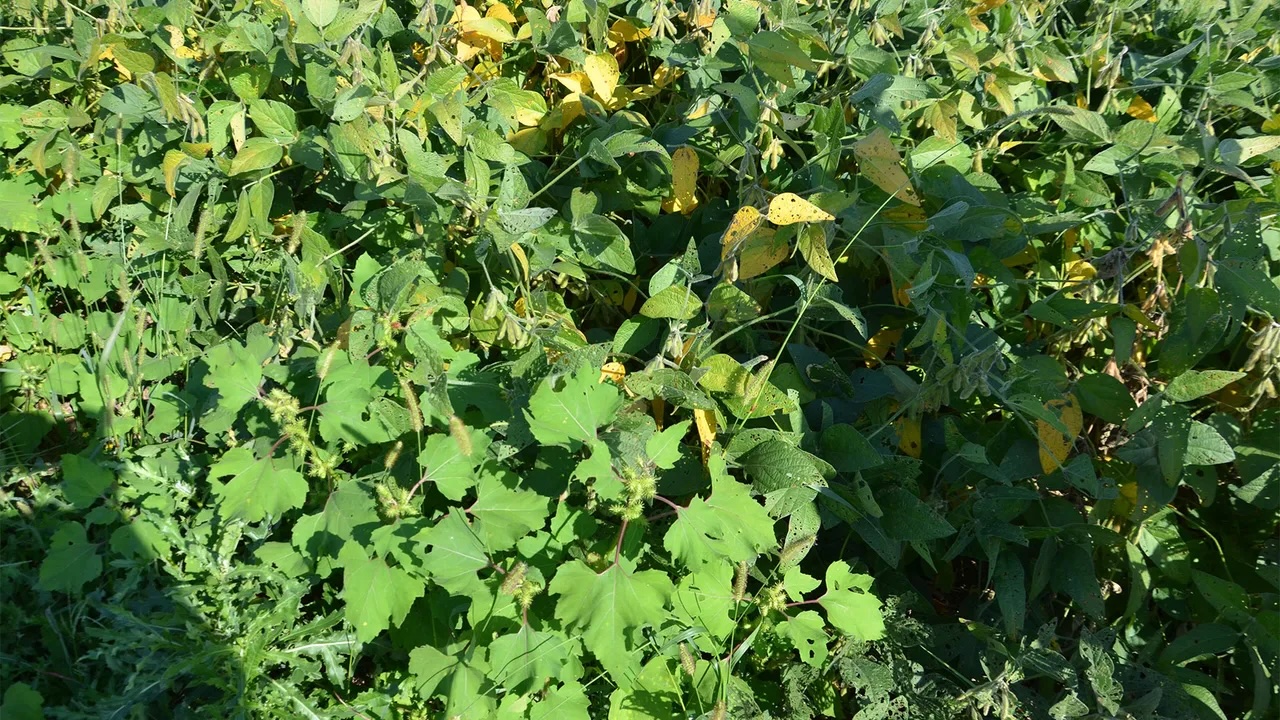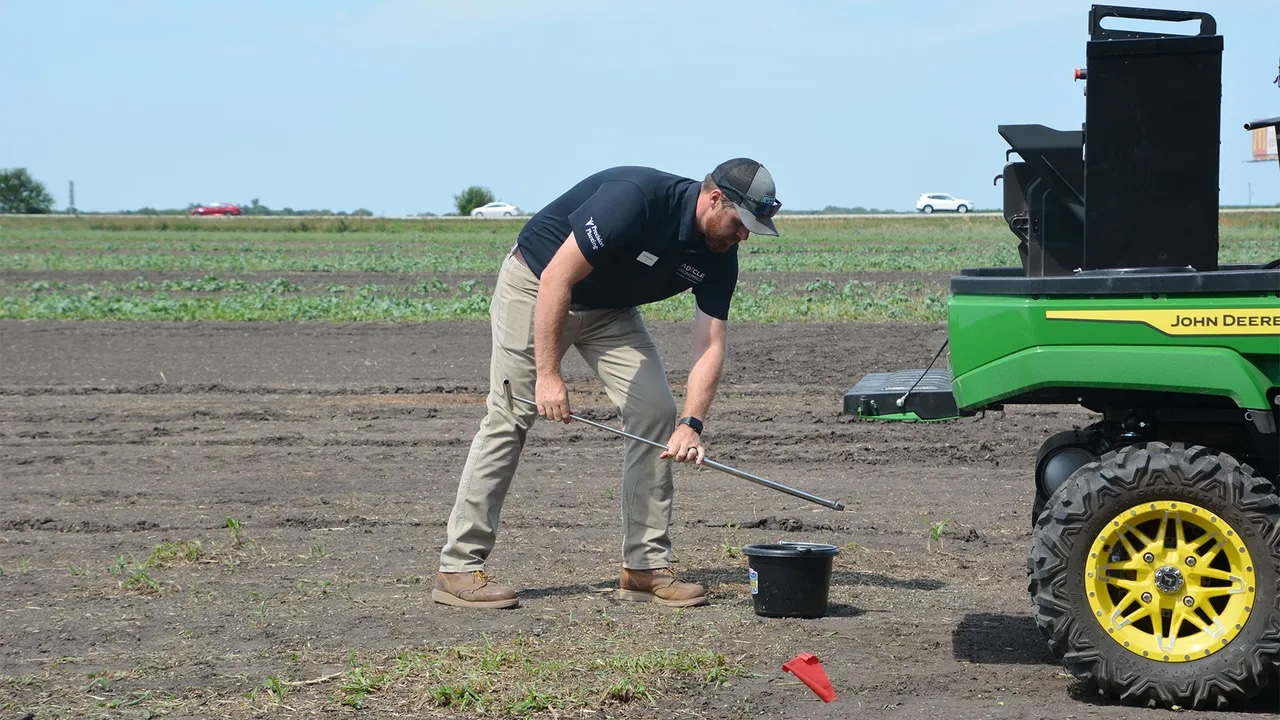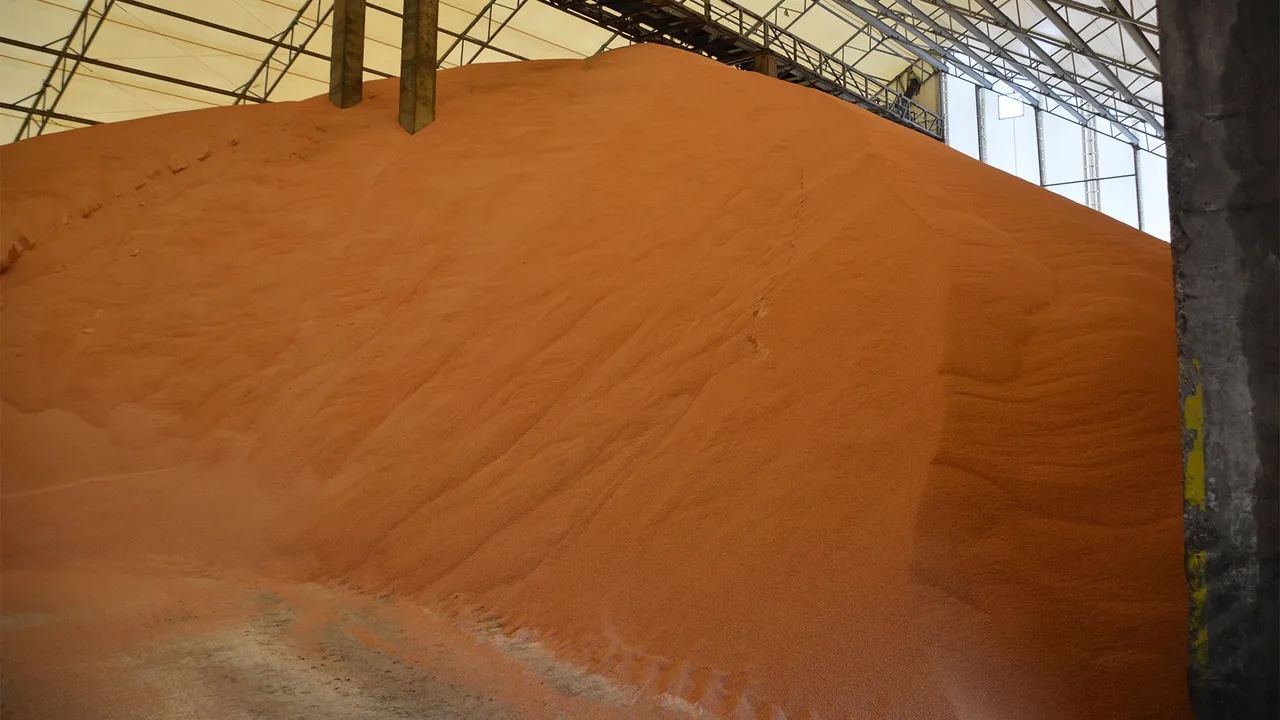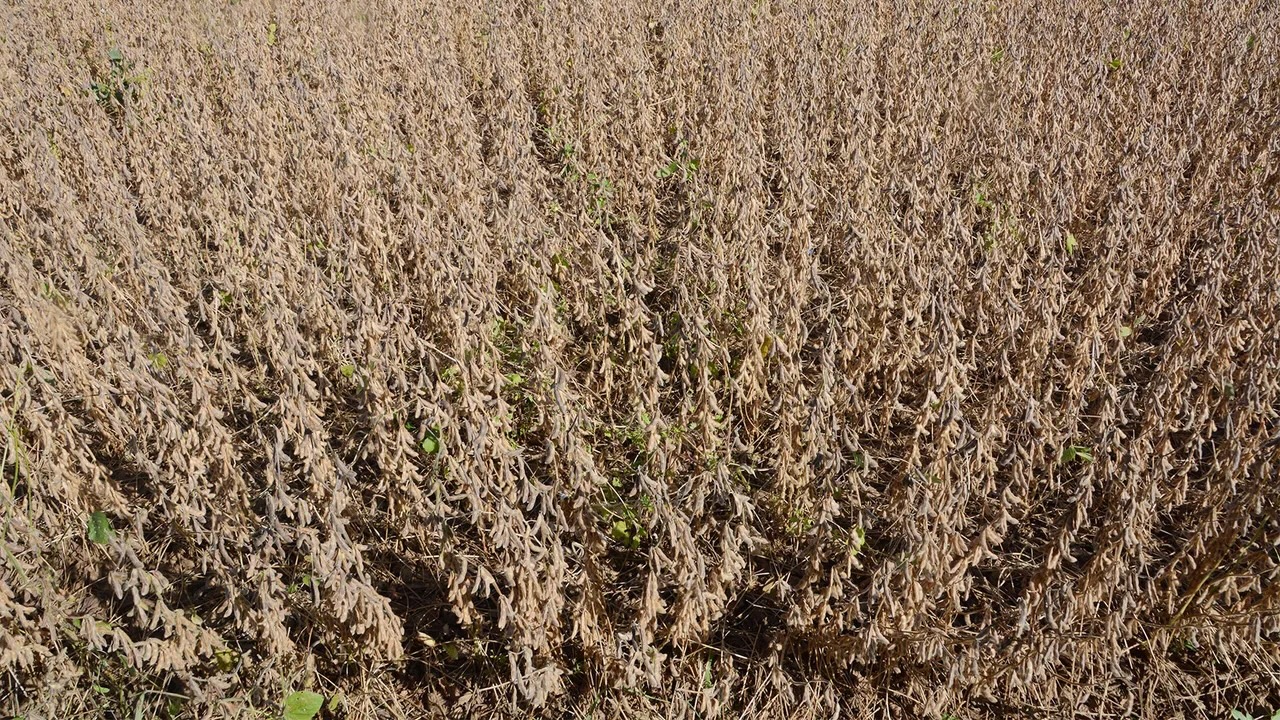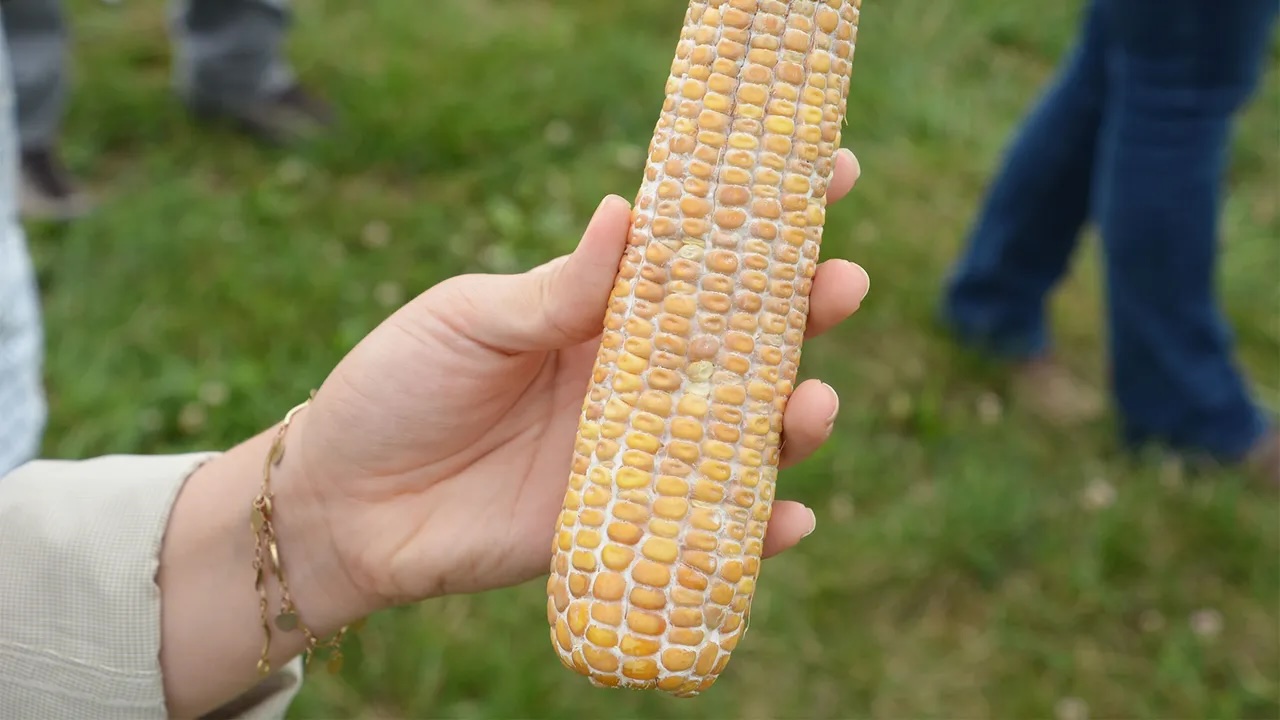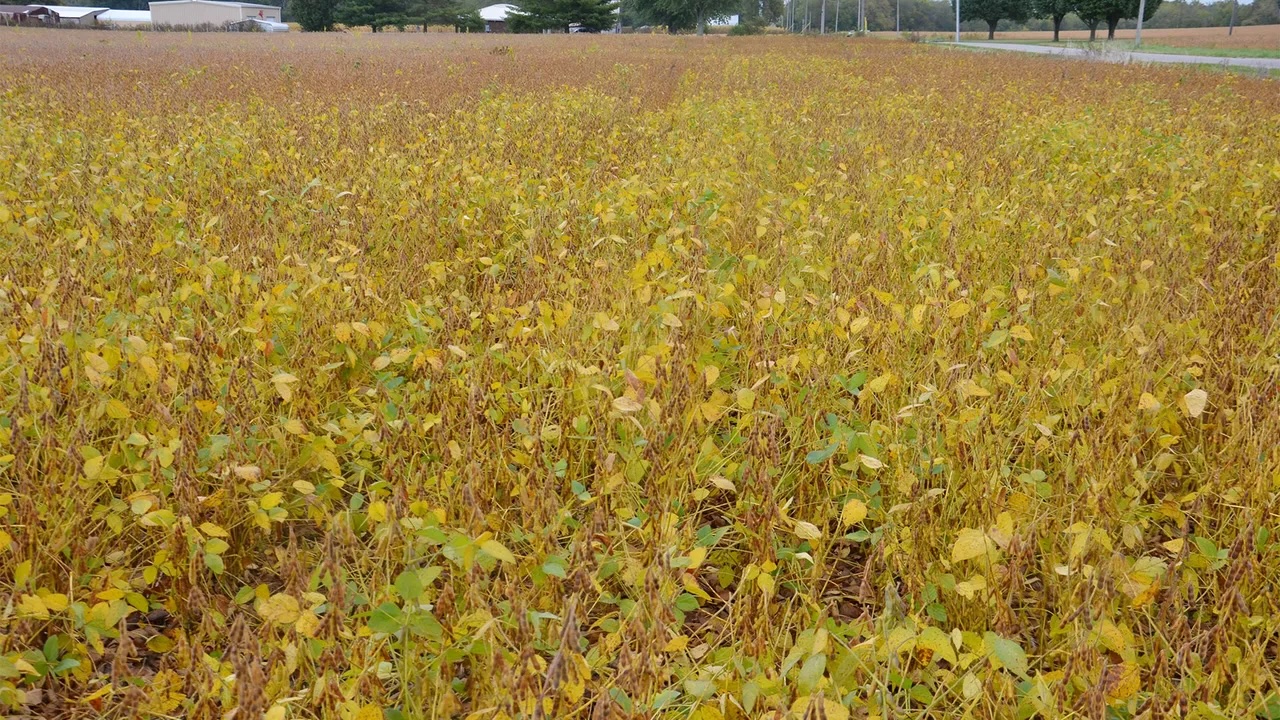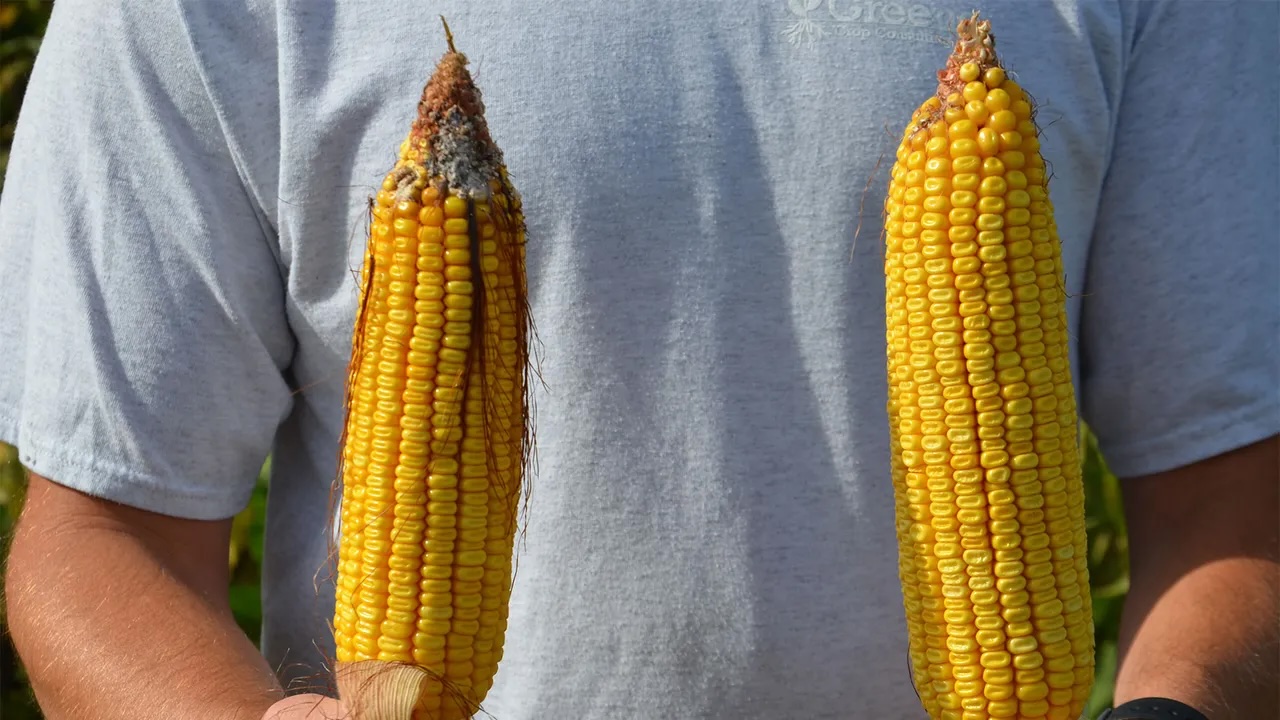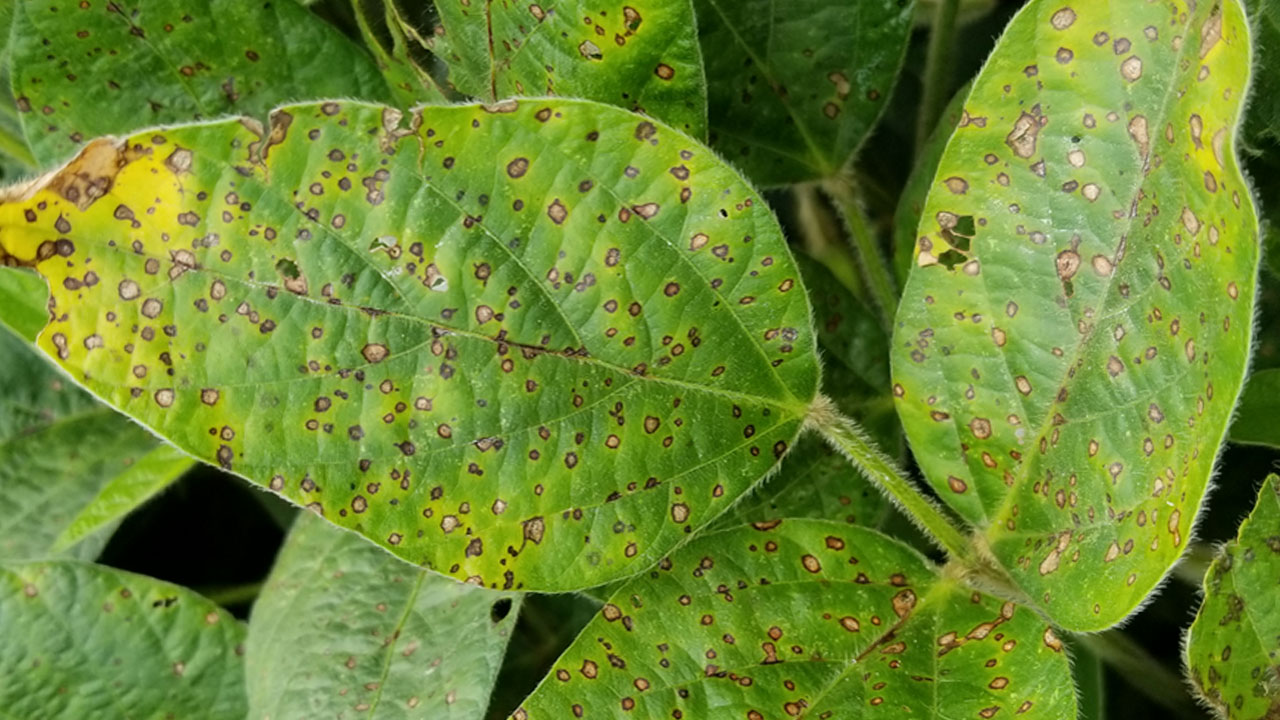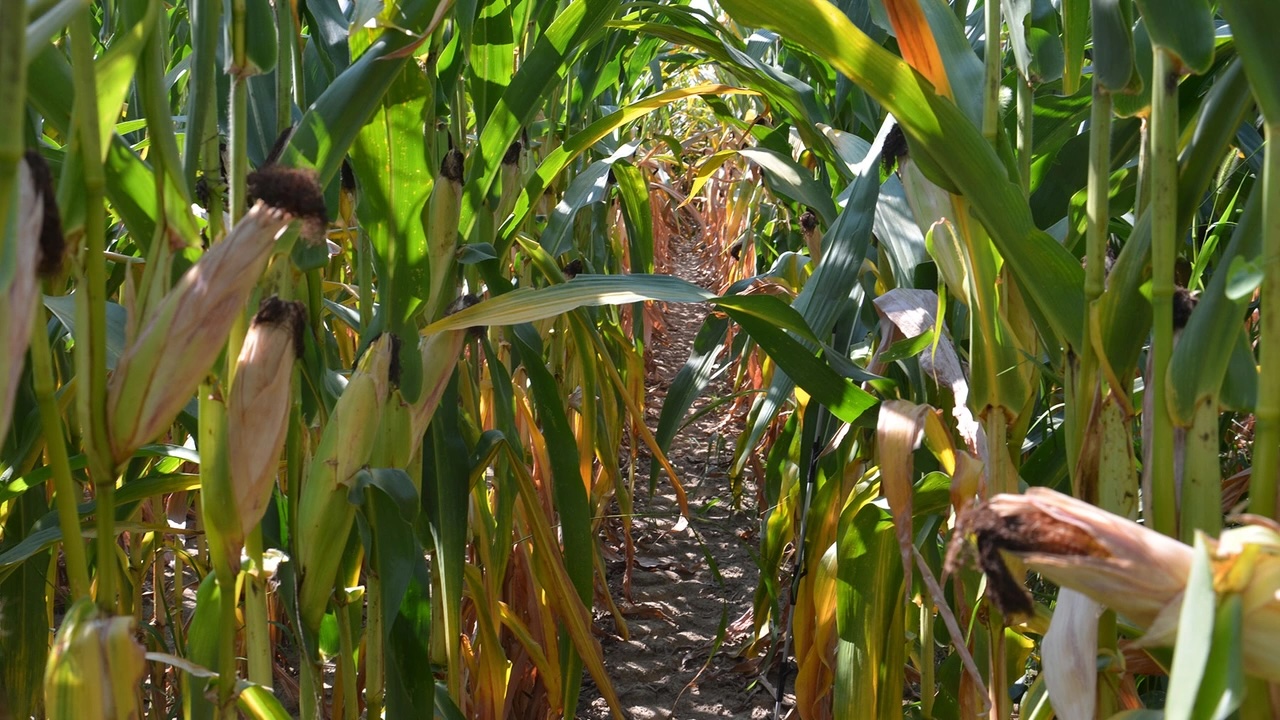What can stalk nitrate test tell you?
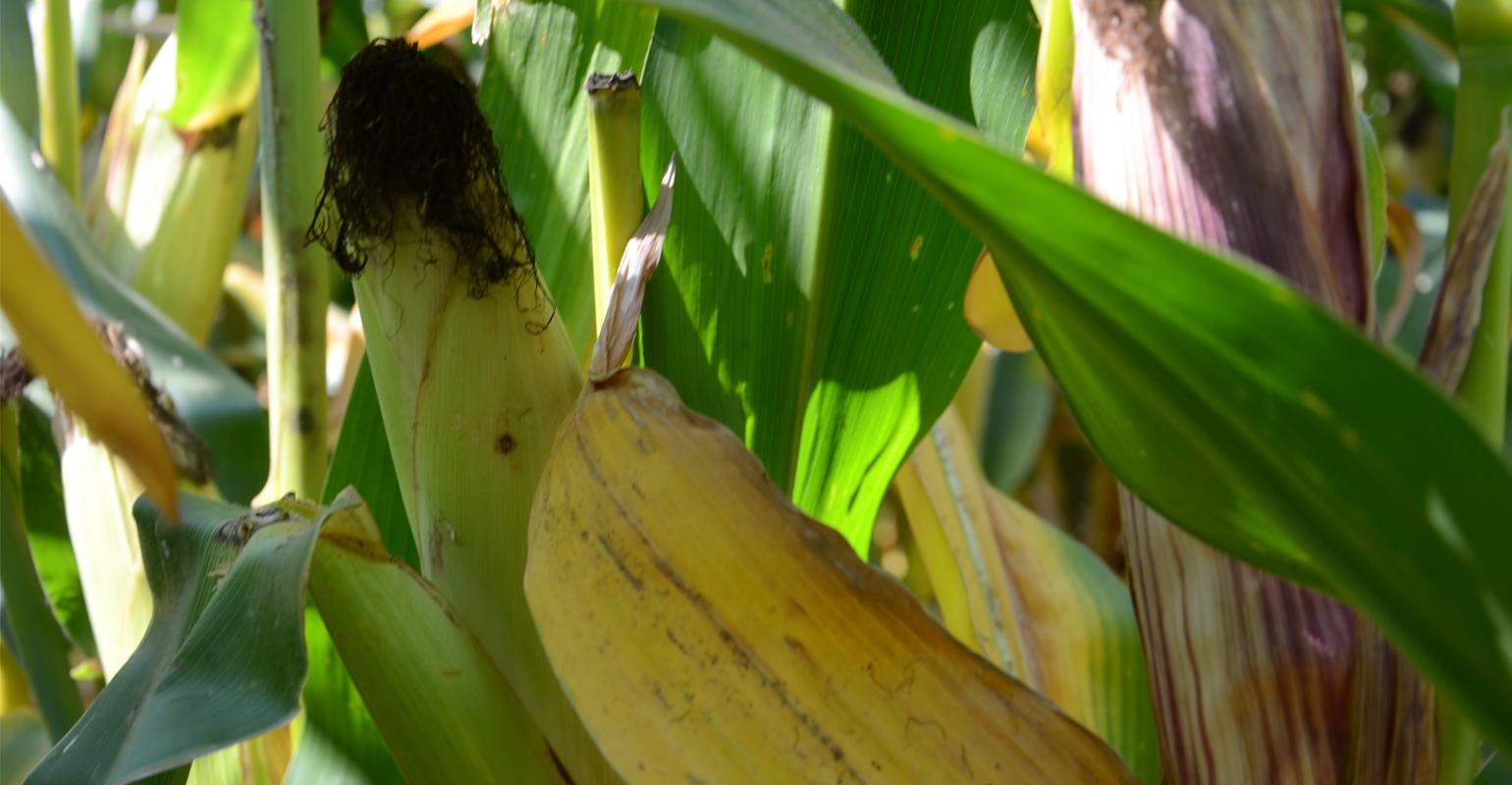
Corn Corner: Consider a stalk nitrate test as a postmortem look at nitrogen use for the season.
Aug 02, 2021
My crops consultant wants to do some stalk nitrate sampling. It isn’t free. What could I learn that would justify the investment?
This month’s Indiana certified crop adviser panel includes Traci Bultemeier, an agronomist with Pioneer near Fort Wayne; Jesse Grogan, a retired agronomist based in Lafayette; and Bryan Oversteet, an Extension ag educator for Purdue University Extension in Jasper County.
Bultemeier: As a farmer, I can agree with watching what I spend and making sure that what returns is usable and makes me more efficient. I am willing to spend money to make money, but it has to have an acceptable return to investment. That acceptable return will vary by farmer.
As a scientist, I want to learn all I can about environmental conditions that affect plant growth, both in the current year and as a trend in all years, to help me make educated decisions despite what the weather might throw at me.
What we hope to learn from stalk nitrate testing is that we have applied enough nitrogen to not limit the yield, but not so much nitrogen that we wasted money on it. This can be most useful on fields with manure applications, preplant N, early applications of N in rainy years, and where you may have tried strips of differing N rates. One-year data will tell you what happened that year. Five or more years of data will start to give you enough information on a trend line to start making decisions directly related to your N program, given the various weather conditions. The time to start is now; stop putting off data collection or you will never build those trend lines!
The most important aspects to stalk nitrate sampling are timing and proper sampling technique. Refer to the specifics for your analysis lab of choice or from your land-grant university. Then take time to do it right. Remember, garbage in; garbage out. Your information is only as good as the effort you put into collecting samples.
Grogan: Properly run stalk nitrate tests monitor plant nitrogen use over the season to determine if nitrogen was sufficient or overapplied. An experienced consulting service should do the test on a few fields, as sample timing and procedure are important for meaningful results. It is labor-intensive.
Stalk nitrate tests resulting in small increases in nitrogen application the next year will produce responses of increases in yield with no increase in stalk nitrogen, or they may produce an increase in stalk nitrogen without increasing yield. The stalk test provides feedback for nitrogen rate and optimal yields. This test is especially important for growers who use manure on fields or follow alfalfa with corn so that nitrogen rates are not underestimated.
Overstreet: I consider the stalk nitrate test a postmortem on the corn season. It can give you some information on if you had enough nitrogen for this year’s crop with this year’s weather and hybrid. If you are using manure as your nitrogen source, it can be very valuable to help with planning in the future. If you have different rates of nitrogen applied in the field, it can give you valuable information for the future. Remember, each year is different. This test is a history of what happened this year.


